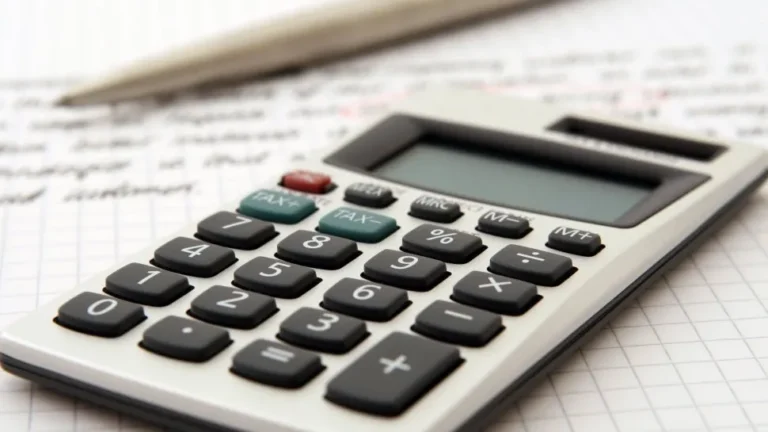Why Do Indian Universities Use SGPA Instead of Percentage?
Introduction
In India, universities traditionally used a percentage-based evaluation system to assess students’ academic performance. However, in recent years, most institutions have transitioned to SGPA (Semester Grade Point Average) and CGPA (Cumulative Grade Point Average) systems. Many students, job applicants, and even parents often wonder why this shift occurred and how it benefits them. For those looking to convert their grades, using an SGPA to Percentage Calculator can help in understanding their academic scores better. This article will explore the reasons behind this change, the advantages of SGPA, and its impact on students in India.
Understanding SGPA and Percentage
Before discussing why universities prefer SGPA, it’s essential to understand the difference between SGPA and the percentage system.
What is SGPA?
SGPA (Semester Grade Point Average) is a grading system that assigns a grade point based on marks in each subject while considering the subject’s credit weightage. The formula for calculating SGPA is:
SGPA=∑(Credit×GradePoints) / ∑Credits
What is the Percentage System?
The percentage system calculates the percentage based on the total marks obtained out of the maximum possible marks. The formula for percentage calculation is:
Percentage=Total Marks Obtained / Total Maximum Marks×100
The percentage system provides a direct representation of academic performance, but it does not consider variations in subject difficulty and credit weightage.
The Shift from Percentage to SGPA in Indian Universities
- The University Grants Commission (UGC) and All India Council for Technical Education (AICTE) have recommended SGPA/CGPA for uniformity across universities.
- The National Education Policy (NEP) 2020 promotes a flexible credit-based grading system to improve the quality of higher education.
- IITs, NITs, and many private universities adopted SGPA long before state and central universities followed suit.
Why Indian Universities Prefer SGPA Over Percentage
There are several reasons why universities in India have moved towards SGPA instead of the traditional percentage system:
1. Standardization Across Universities
- Different universities had different marking schemes, making percentage comparisons difficult.
- SGPA/CGPA provides a uniform and standardized evaluation process.
2. Reduces Pressure on Students
- The percentage system often creates unhealthy competition among students for minor mark differences.
- A grade-based system (A, B, C) reduces stress and encourages conceptual learning rather than rote memorization.
3. Follows International Standards
- Many global universities (in the USA, UK, Canada, etc.) use GPA-based grading.
- Indian students planning to study abroad find it easier to align their academic records with international admission requirements.
4. Considers Subject Weightage
- In SGPA, subjects with more credits carry higher weightage, giving a more accurate representation of academic performance.
- The percentage system treats all subjects equally, which may not be fair for courses with varying difficulty levels.
5. Used in National-Level Entrance Exams
- Competitive exams like JEE, NEET, GATE, CAT use percentile-based ranking instead of percentage marks.
- SGPA aligns better with these examination systems and helps students understand ranking methodologies better.
Challenges of the SGPA System in India
Despite its advantages, SGPA also comes with some challenges:
- Different universities use different SGPA to Percentage conversion formulas, leading to confusion.
- Job recruiters often ask for percentage marks, making conversion necessary for job applications.
- Many students struggle to manually calculate SGPA and convert it to percentage.
SGPA vs Percentage: Which One is Better?
| Feature | SGPA | Percentage |
|---|---|---|
| Standardization | ✅ Yes | ❌ No |
| Stress-Free Evaluation | ✅ Yes | ❌ No |
| International Recognition | ✅ Yes | ❌ No |
| Easy to Understand | ❌ No | ✅ Yes |
| Used in Indian Government Job Exams | ❌ No | ✅ Yes |
Conclusion
SGPA has become the preferred evaluation system in Indian universities due to its standardization, reduced academic pressure, and international acceptance. However, many students still need to convert their SGPA into percentage for job applications and further studies. Understanding both systems is crucial for academic success and career planning. If you need to convert your SGPA to percentage, make sure to check your university’s official conversion formula.
Would you like to explore how different universities in India convert SGPA to percentage? Let us know in the comments!


